 Plant Sanitation
Plant Sanitation
One of the keys to the successful planting and growing of fine Peonies is Plant Sanitation.
The WSU Whatcom County of Master Gardeners issued such an article May 1st. (https://www.facebook.com/permalink.php?story_fbid=376949825674910&id=)
What to Consider in the Care of Peonies
Disease. To prevent disease make sure your garden is kept clean, that air circulates, and that plants are kept healthy. Messenger™ and Neptune’s Harvest™ are two organic products to keep your plants healthy and disease resistant.
Botrytis – young stalks wilt and die, buds turn black. Onset is in early spring when temperatures remain below 70 degrees. Botrytis will kill tree and herbaceous peonies if not treated. Botrytis thrives in cool humid conditions and can be minimized by planting peonies where they have good air circulation. When noticed, cut off diseased portions of the plant, dipping the pruners in a 10% solution of bleach between each cutting to ensure the disease does not spread. Throw out the diseased portions; do not compost.
A more aggressive option would be to use systemic fungicide labeled for use on peonies.Check with your local cooperative extension.
Leaf blotch develops during warm, moist weather. Glossy, dark purple spots form on the upper surfaces of leaves. Again, removal of infected leaves and good fall cleanup are necessary for control. Avoid overhead irrigation.
Spent Flowers.
Remove flowers as soon as they fade to prevent seed development, which can use up needed food reserves.
The faded flower should be removed just below the flower, leaving as much foliage as possible.
Clip off spent flower stems , cutting on the inside.
To keep the bush looking beautiful, make your cut well inside the plant, so you don’t see the cut-off tips.
Lush foliage is providing ongoing growth to root.
Plant Sanitation procedures that must be observed for Peonies as well:
Removing Completely Dead Plants Trees, shrubs, and other plants which have died or are about to die should be removed entirely, including the root system. See disposal procedures on the last page. Such plants could have root rot or similar problems caused by disease organisms. If a disease organism is involved, the soil and plant are contaminated with the organism. Precautions in addition to plant removal and disposal should be taken.
Do not move contaminated soil to other areas. Watch for soil clinging to shovels, boots, stakes, etc.
After plant removal, sterilize tools used to remove and cut up the plant. Clean boots, stakes, etc., which contacted the soil.
Do not plant the same kind of plant or related plants in the contaminated area unless the soil is fumigated first or completely replaced with uncontaminated soil. Even so, it is difficult to completely eliminate disease organisms from the soil.
With potted plants, place the plant and soil in the garbage. Remove soil crumbs clinging to the pot and saucer, and sterilize the pot and saucer if they are to be saved. If not, place them in the garbage. Sterilize pots and saucers by soaking them in a solution of 1 part household bleach to 9 parts water for 30 minutes. Sometimes a solution of equal parts of bleach and water is suggested for 30 minutes. If the higher bleach concentration is used, rinse items in clean water after soaking. Caution: Bleach can discolor metal and clothing. Contaminated tools, stakes, etc., should be sterilized (see below) or placed in the garbage.
Sterilizing Tools If a diseased or dead plant part is cut, the disease organism will probably be on the tool and could be spread to healthy parts when cut. Thus, sterilize tools (shears, knives, saws, chisels, axes, etc. by washing in soap and water and swabbing in rubbing alcohol) before using on healthy plant parts . Allow to dry. If practical, contaminated shovels and other digging tools should be sterilized. If not, wash them. If hands are used to pinch off or handle affected plant parts, wash hands before handling healthy plant parts.
Disposing of Diseased or Dead Plants and Plant Parts Whole plants, branches, twigs, chips, shavings, root pieces, and other plant debris should be placed in the garbage, burned, or taken to the dump. Do not compost them. Diseased fallen leaves and needles should also be destroyed. Annual plants which normally die each autumn need not be destroyed if there is no reason to suspect any problem.
Like this:
Like Loading...

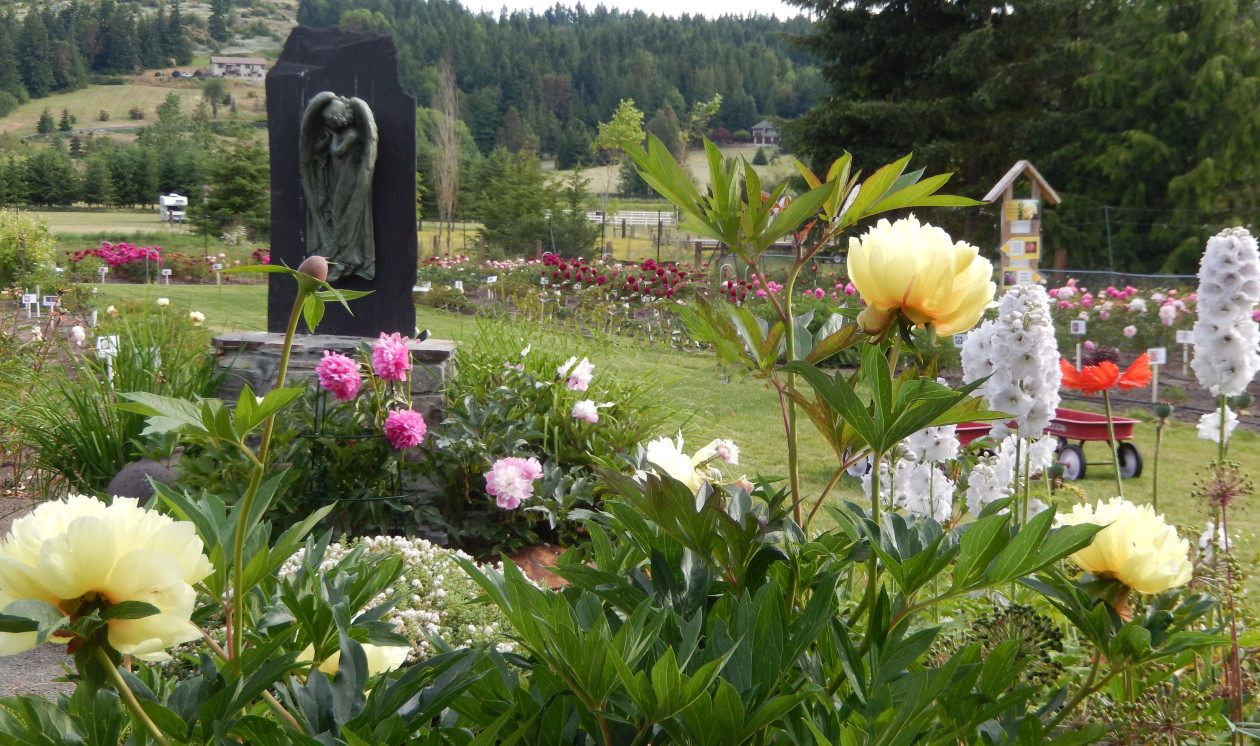
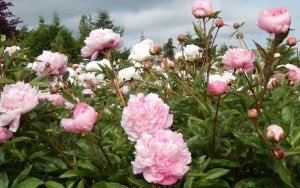
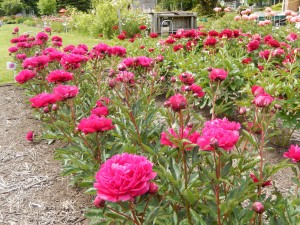

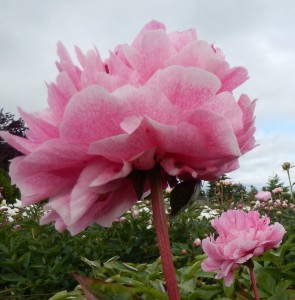
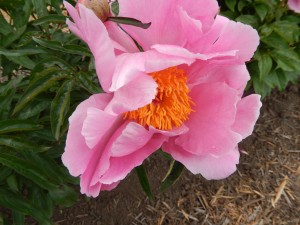
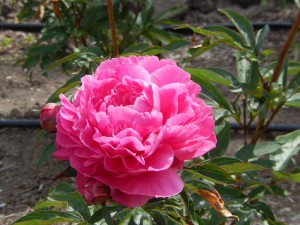
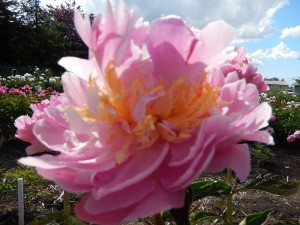
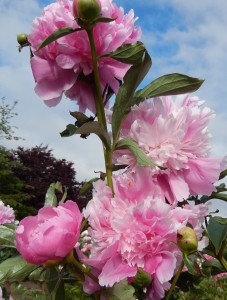
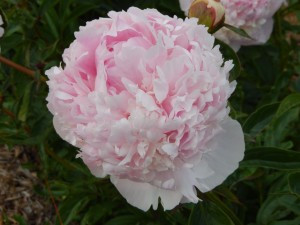








 Plant Sanitation
Plant Sanitation



